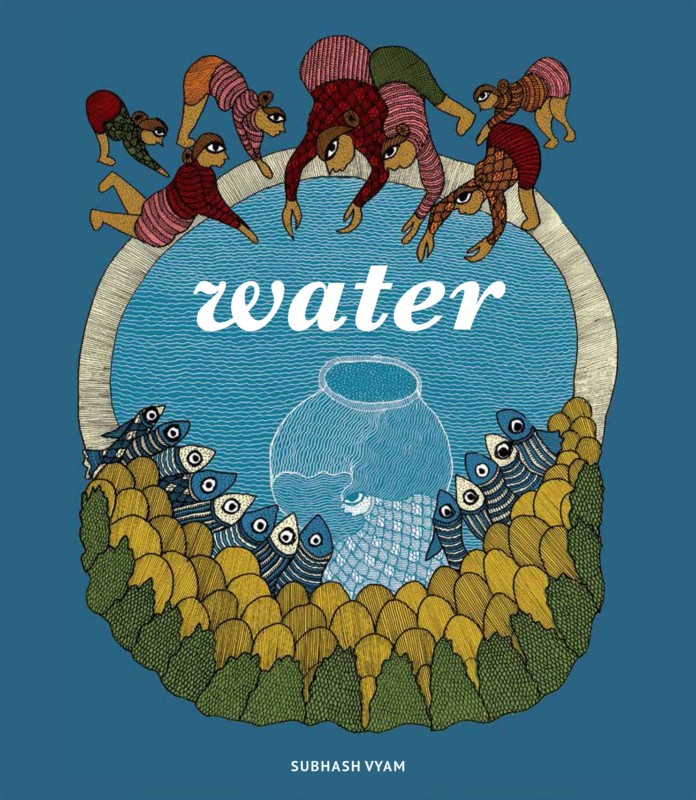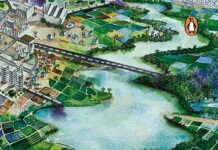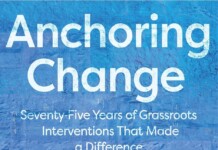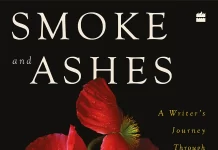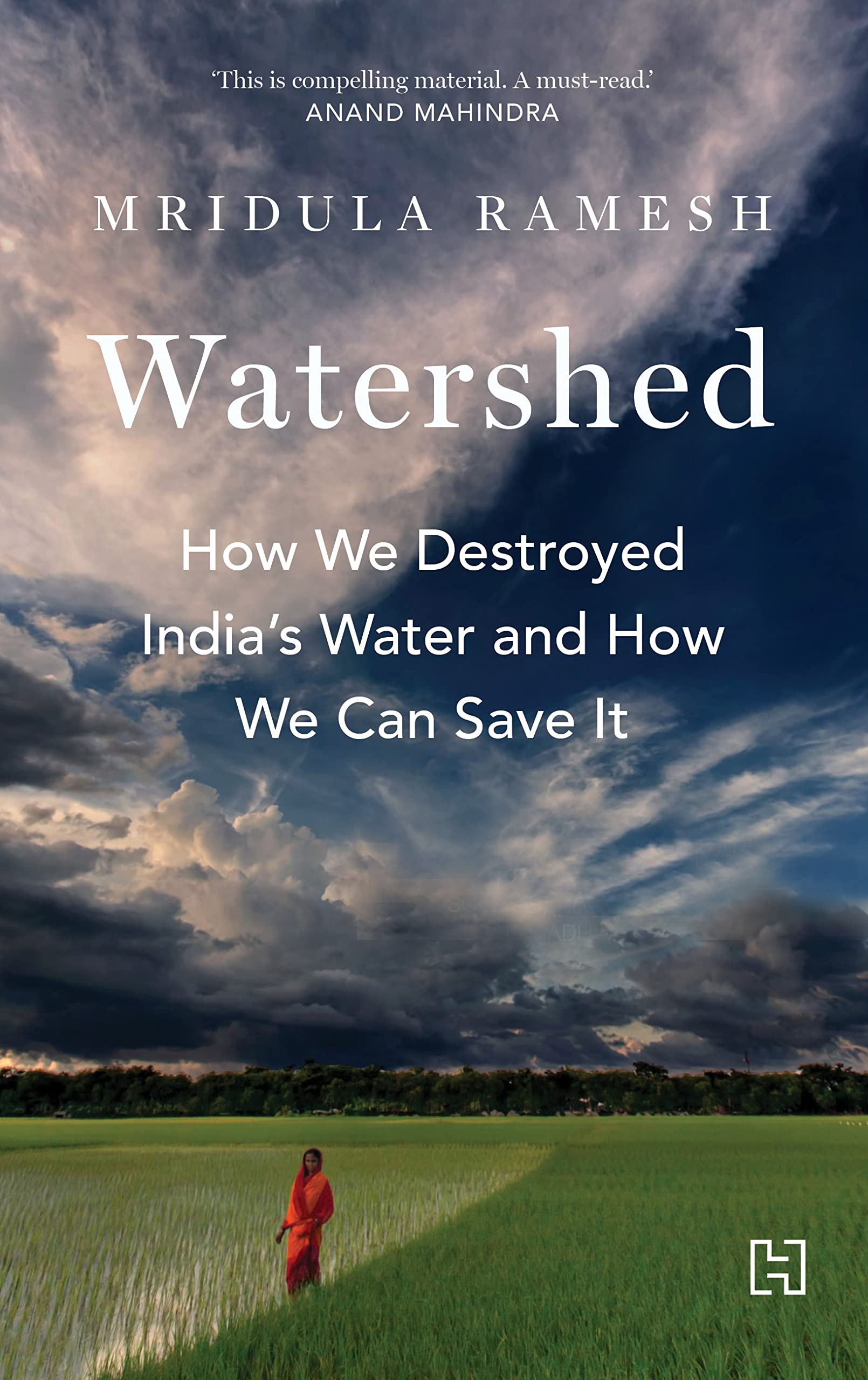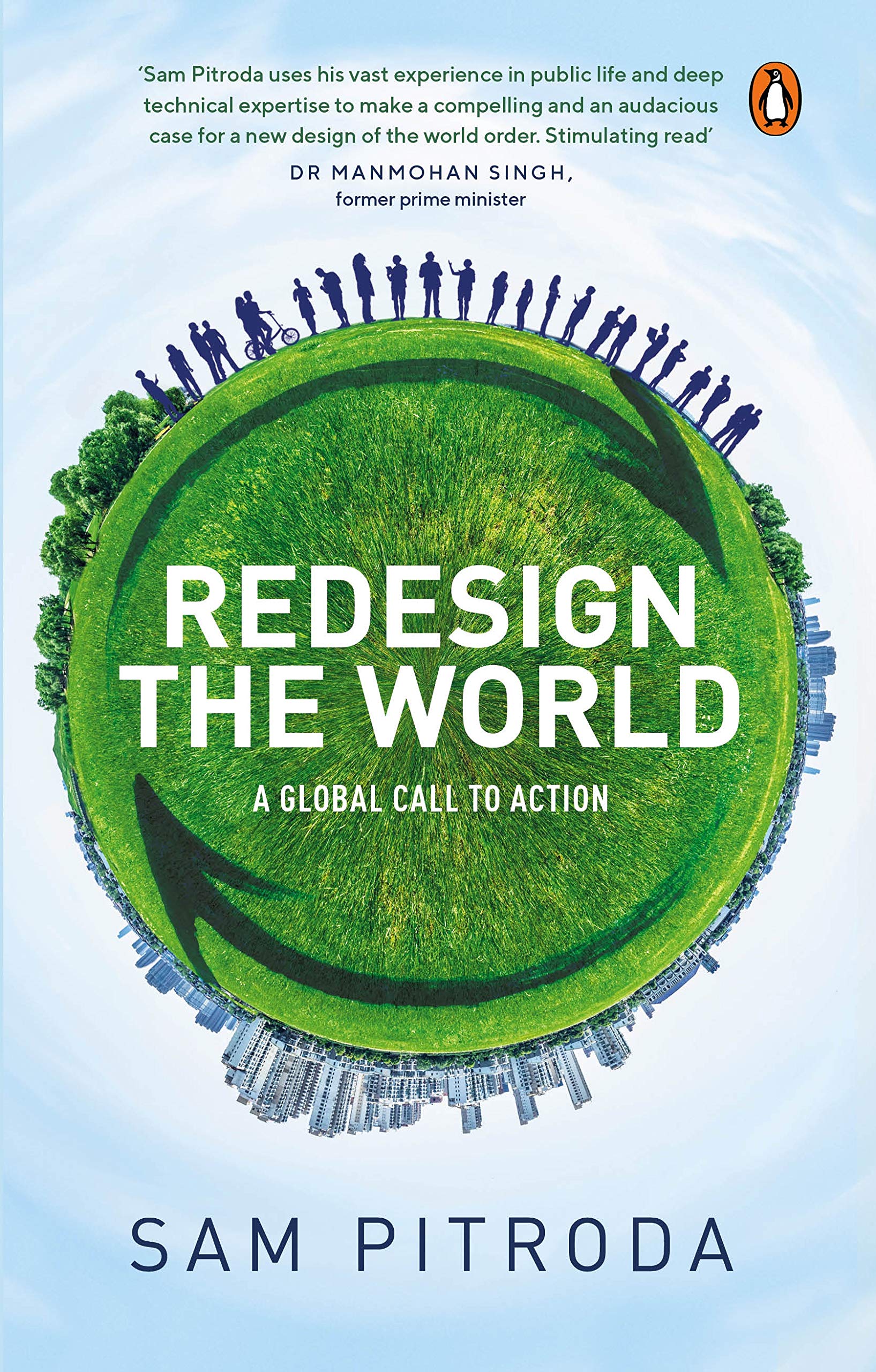When I first skimmed through Gond artist Subhash Vyam’s Water published by Tara Books, two things caught my attention instantly: the striking illustrations and the story within the story.
In this book, he narrates the life in his village and the differences he felt when he moved to the city, with a keen emphasis on his changing relationship with water.
Like most tribal communities, the Gonds share a deep bond with nature. They revere and honour it through their art and literature. But it also imposes hardships upon them. In the village, much of their time and effort is spent on sourcing water, especially in the dry summer months. So, when the author moves to the city, he ruminates the irony in having running water which is dependent on water supply to overhead tanks. He notices the houses of the rich and realizes that water is a resource that can be bought. The observations leave a tremendous impact on him and this is captured in the simple, yet profound text: ‘In my neighbourhood we often went without water, although not far from us there were rich houses with lawns and swimming pools. I discovered that you could buy water if you had money… Such people have turned the city into a monster.’
As time goes by, development also eases the life in the village, bringing with it canals, wells, hand pumps, a pipeline, electricity, roads and bridges. The villagers’ needs are few, yet even here it is plain to see that those better off, reap the benefit from these changes.
When a dam is planned across the river which feeds the lake in the village, their main water source, the author realizes that the dam will be making electricity for the city. The dam could change the course of the river, submerging the fields and homes in the village. From scarcity, water would now flood and damage. He wonders why the city folk demand more, taking away what little the villagers have. As he tries to make sense of this reality, he remembers a story narrated by his grandmother. The cultural fable draws attention to the simple truth that humans need nature, she doesn’t need us, and that, while nature is generous, when we take more than our due, she will unleash her wrath. Water is a poignant read, that raises awareness and appreciation about communities whose way of life is so different from ours. It also makes readers of all ages ponder about a natural resource we often take for granted. As an educator and parent, I can see it initiating conversations on themes like sustainability, social justice, human migration, socio-economic inequalities and water conservation with remarkable ease, and art so beautiful, that it makes this book a collector’s item!


